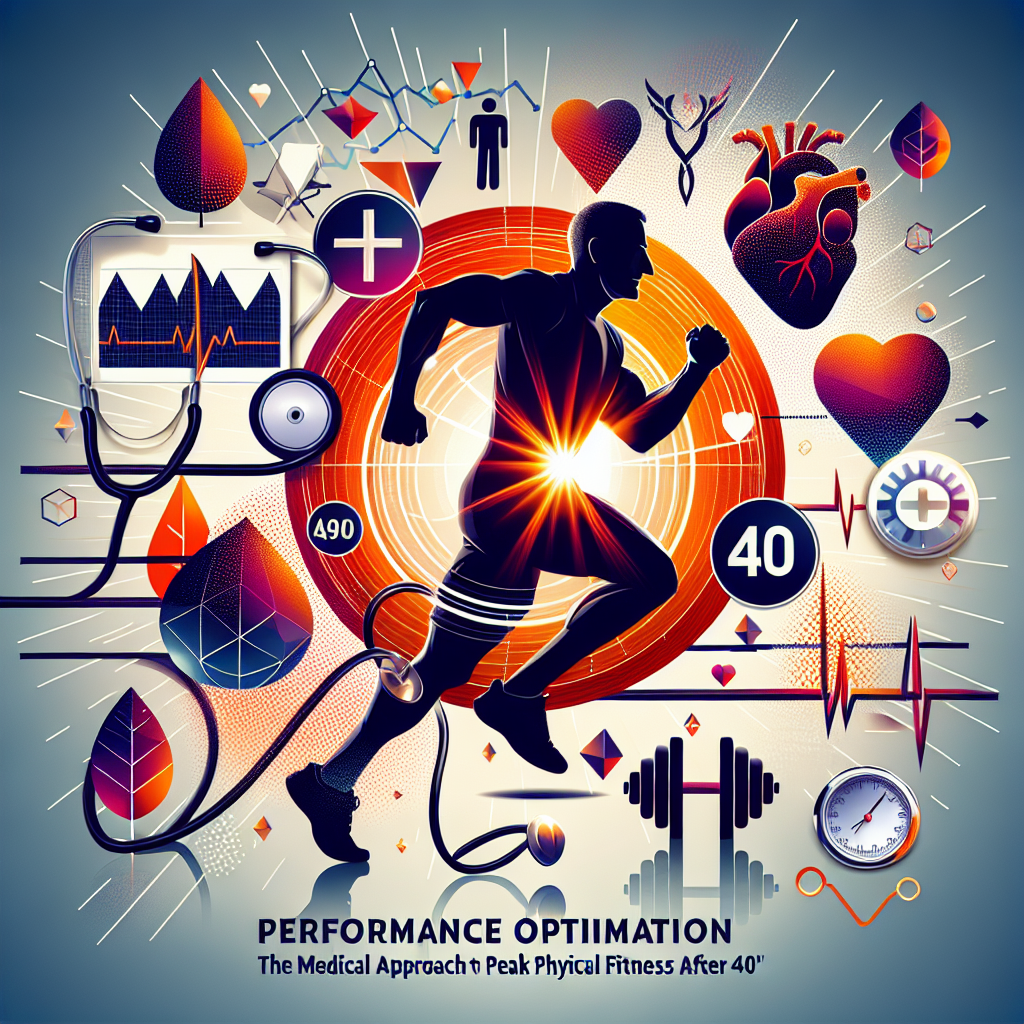Telehealth’s Digital Revolution: Why Bandwidth Matters More Than Ever
Telehealth has rapidly evolved from a fringe alternative to an essential component of modern healthcare. According to the American Medical Association, more than 60% of physicians provided virtual care in 2021—a significant leap from just 14% before the COVID-19 pandemic. This growth reflects several factors, including the demand for safer care during health crises, easier access to specialists, and the rising preference for convenience. However, one critical factor that often gets overlooked can make or break the effectiveness of virtual consultations: reliable internet bandwidth.
Bandwidth—the capacity of your internet connection—plays a pivotal role in ensuring clear video, synchronized audio, and responsive communication, all vital components for safe and effective care.
What Is Bandwidth and Why It’s Critical for Virtual Health
Bandwidth is measured in megabits per second (Mbps) and refers to how much data can be transmitted over the internet at a given moment. In telehealth settings, two elements are especially crucial:
– Download speed: Determines how fast video and audio are received.
– Upload speed: Affects how smoothly your own video and audio are transmitted.
For instance, if a provider only has a 1 Mbps upload speed, their stream might freeze or become blurry during a digital physical exam. According to the FCC, a minimum of 3–5 Mbps in both directions is needed for high-definition video conferencing, though many platforms recommend 10 Mbps or faster for optimal performance. Lower speeds frequently result in choppy video and delayed audio, limiting a physician’s ability to observe vital health indicators.
How Bandwidth Impacts Telehealth Video Quality
Resolution and Visual Clarity
Low bandwidth often forces telehealth platforms to downgrade from HD (720p or higher) to standard definition (480p or lower), reducing the visual quality of patient-provider interactions. In specialties like dermatology, this can have serious consequences.
Dr. Emily Tran, a dermatologist in Austin, states, “I need to examine the fine details—such as the borders of a skin lesion or slight color variations—to make an accurate diagnosis.” With lower resolution, important visual cues like rashes, swelling, or skin texture might go unnoticed, potentially delaying treatment or resulting in misdiagnosis.
Frame Rate and Movement Detection
Bandwidth also affects frame rate, or how many frames—or images—display per second. A reduced frame rate (e.g., 15 fps) can make motion seem choppy, hindering the ability to observe conditions like tremors, gait abnormalities, or involuntary movements.
Dr. Lisa Harper, a neurologist with Kaiser Permanente, warns, “Signs of stroke or seizure may be missed completely if the patient’s full-body motion isn’t captured in real-time.”
Audio and Video Synchronization
Unsynchronized audio and video can lead to confusion during online appointments. Imagine a patient saying, “The pain starts when I stand,” but the provider hears this a second late. Misalignment can result in incorrect assessments and lost trust. Low bandwidth may also cause audio delays or echoing, interrupting the physician’s diagnostic process.
The Direct Connection Between Video Quality and Patient Safety
Improved Diagnostic Accuracy
Crystal-clear video allows healthcare providers to examine physical symptoms remotely, such as skin coloration, breathing patterns, eye movements, and joint functionality. A 2022 Deloitte study revealed that 78% of physicians believe video clarity significantly improves their ability to diagnose accurately during telehealth visits. When image quality is compromised, clinicians are forced to rely on verbal accounts alone, which may be incomplete or inaccurate.
Better Emergency Response and Triage
In urgent scenarios—such as identifying a stroke, chest pain, or difficulty breathing—real-time visuals are essential. Dr. Marcus Boyd, an ER physician, stresses, “In emergency telehealth, the video connection is more than a tool—it can be a lifeline.” Video lag or freezing could mean missing critical red flags, delaying urgent care decisions such as initiating CPR, prescribing aspirin, or calling emergency transport. A stable and fast internet connection can literally be the difference between timely care and tragedy.
Enhanced Patient Engagement and Compliance
When patients experience high-quality video calls, they are more likely to feel understood and respected. Clear visuals also foster a sense of professionalism and connection. According to a JD Power report, 72% of telehealth users preferred platforms with “clear and uninterrupted video communication.” Poor video quality, by contrast, can lead to frustration, diminished trust, and lower treatment follow-through.
How to Ensure Strong Bandwidth for Telehealth Success
Check Your Current Internet Plan
Contact your internet service provider to verify your plan’s download and upload speeds. While most platforms require at least 3 Mbps, speeds of 10 Mbps or higher are recommended for the best telehealth experience. Use tools like Speedtest.net to check real-time speeds—especially during the times you plan to attend appointments. Patients using telemedicine services like eDrugstore.com for prescriptions or consultations may find that higher speeds significantly improve appointment quality.
Upgrade Your Equipment and Network Setup
For a more stable connection, consider switching to a wired Ethernet cable instead of relying on Wi-Fi. Modern Wi-Fi routers that support dual-band (2.4GHz and 5GHz) or Wi-Fi 6 technology can also reduce interruptions during video calls.
Limit Bandwidth-Heavy Activities
Before any virtual appointment, close streaming services, large file downloads, or online games. These can silently consume large amounts of bandwidth. Ask others sharing your network to pause heavy usage during your call to maintain optimal performance.
Use Network Prioritization Tools
Some routers offer Quality of Service (QoS) settings, which prioritize video call traffic over background downloads or streaming. Certain telemedicine platforms also feature adaptive video encoding, adjusting resolution to maintain a consistent connection even if bandwidth fluctuates.
Plan for Internet Redundancy
In critical situations, a backup internet source, like a mobile hotspot, could be a lifesaver. For patients in rural or underserved regions, satellite services such as Starlink offer increasingly viable telehealth connectivity solutions with more extensive coverage and improved speed.
What the Future Holds for Telehealth Connectivity
5G Expands Accessibility and Performance
As 5G continues to roll out, speeds nearing 10 Gbps and extremely low latency will enable ultra–high-definition telehealth experiences, including 4K video in real time.
AI-Powered Video Enhancement
Artificial intelligence tools are now capable of automatically improving video quality by sharpening images, eliminating pixelation, and adjusting frame rates mid-call—providing smoother and clearer visuals even with fluctuating bandwidth.
Edge Computing Reduces Lag
Edge computing processes data closer to users, reducing reliance on distant servers. This advance significantly minimizes call lag, allowing for smoother and faster video-based consultations.
Conclusion: Bandwidth Is No Longer Optional in Healthcare
Bandwidth is far more than a technical concern—it’s a core element of safe and effective virtual healthcare. From clear diagnostics to emergency response, a seamless telehealth video connection enhances both outcomes and patient trust. Whether you’re following up on a prescription refill from eDrugstore.com or consulting with a doctor about urgent symptoms, the quality of your care depends on real-time video and audio performance.
By testing your internet speeds, upgrading your hardware, managing network traffic, and planning for possible disruptions, you can ensure high-quality care from the comfort of home. In the digital future of healthcare, strong, reliable bandwidth is essential—not optional.
Sources
– American Medical Association. “2021 Telehealth Adoption Trends.” AMA Digital Health Research, 2021
– Federal Communications Commission. “Broadband Speed Guide.” FCC.gov, 2023
– Deloitte Insights. “The Future of Telehealth: Connected but Protected,” 2022
– JD Power. “2023 Telehealth Satisfaction Survey”
– Interview with Dr. Emily Tran, Dermatologist, Austin, TX
– Interview with Dr. Lisa Harper, Neurologist, Kaiser Permanente
– Interview with Dr. Marcus Boyd, ER Physician
– eDrugstore.com. “Online Doctor Consultation & Prescription Services,” Accessed 2024










